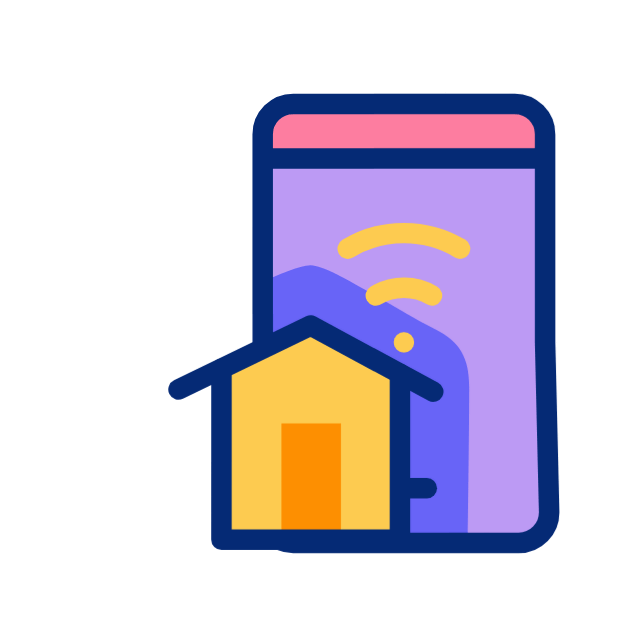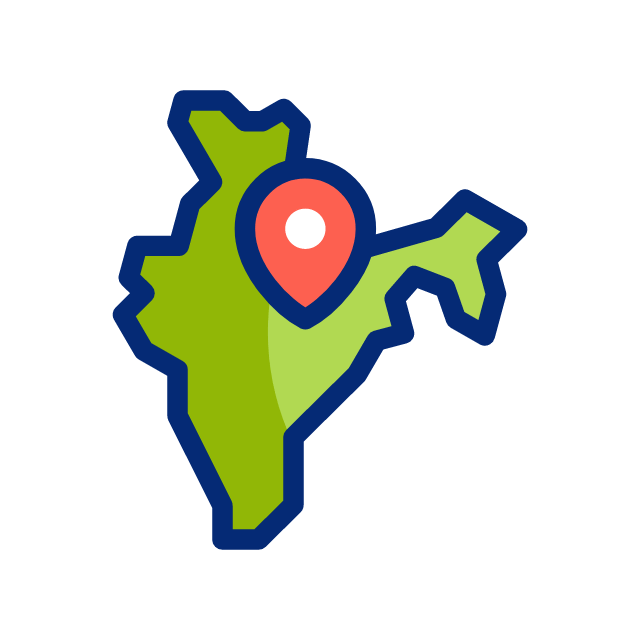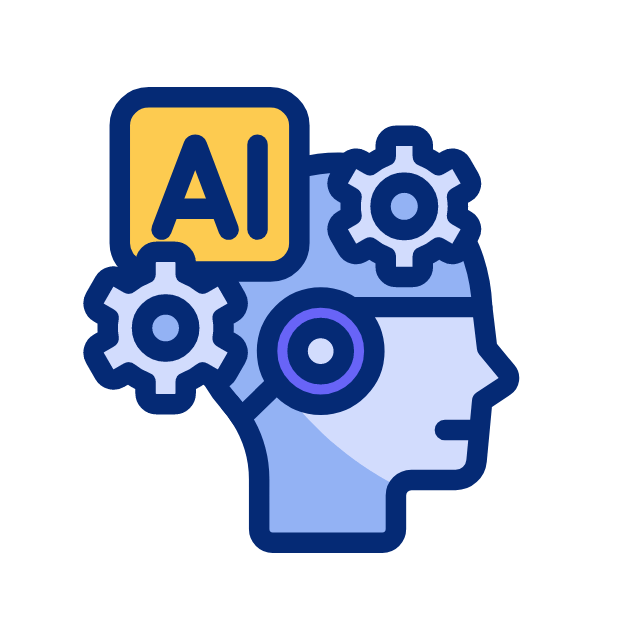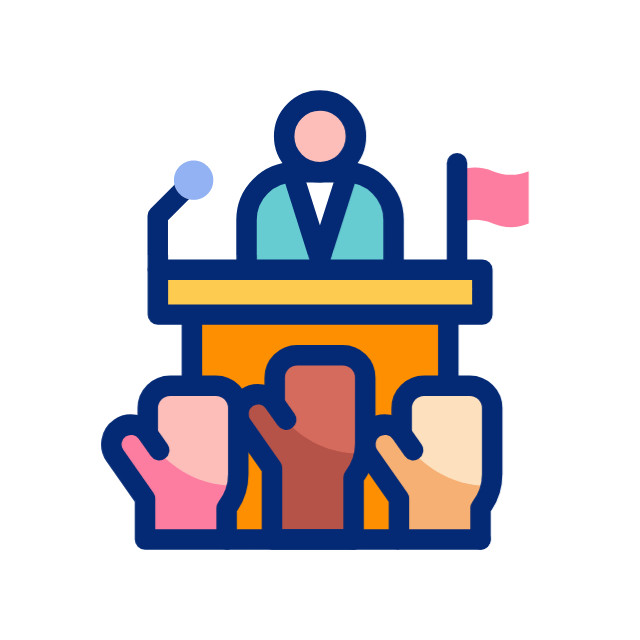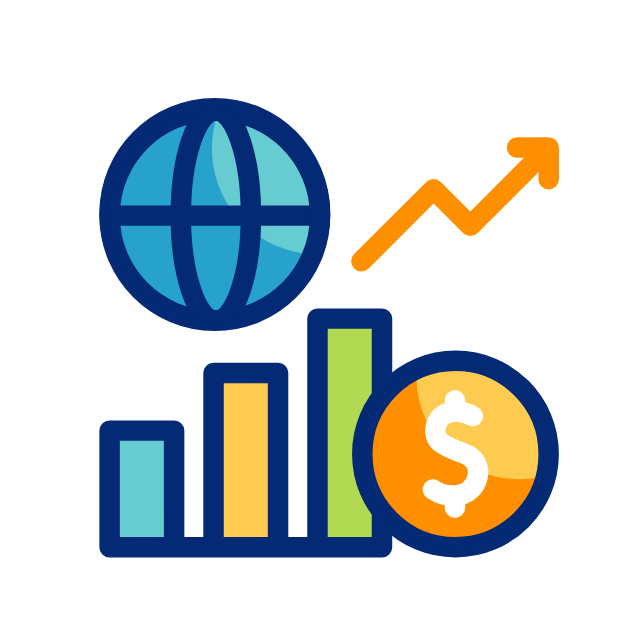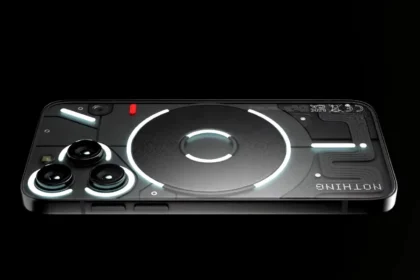Introduction: A Milestone in Technology History
As Microsoft celebrates its 50th anniversary this April, Bill Gates looks back at the groundbreaking computer code he wrote five decades ago—a pivotal moment that laid the foundation for the personal computing revolution. In a recent blog post, Gates, now 69, reminisced about the origins of Microsoft and the role he and the late Paul Allen played in shaping the future of software.
The Birth of Microsoft: From Code to Corporation
Inspiration from Popular Electronics
The journey began in January 1975, when Gates, then a Harvard freshman, and Allen, his high school friend, came across an article in Popular Electronics about the Altair 8800, an early microcomputer powered by an Intel chip. Seeing an opportunity, they boldly contacted Ed Roberts, the CEO of Micro Instrumentation and Telemetry Systems (MITS), claiming they had developed software to run the Altair—despite not having written a single line of code yet.
The Challenge: Developing the First Software for Altair
Determined to deliver on their promise, Gates and Allen adapted the BASIC programming language—originally developed at Dartmouth College in 1964—to work with the Altair. However, they faced a significant hurdle: they had no access to an Altair prototype.
Two Months of Intense Coding
Over the next two months, Gates worked tirelessly, often with little sleep, to develop the software. The result was a groundbreaking piece of code—what Gates now calls “the coolest I’ve ever written.” This Altair BASIC software became the first operating system for the Altair 8800 and served as the foundation for Microsoft future success.
The Code That Started a Revolution
Key Achievements of Gates First Code:
- Created the first software for personal computing, enabling users to control hardware.
- Laid the foundation for Microsoft, which officially launched in April 1975.
- Paved the way for modern computing, influencing operating systems like Windows and applications such as Word, Excel, and PowerPoint.
- Marked the beginning of the personal computing era, making PCs a household staple.
Gates on the Impact of His Code:
In his blog post, Gates reflects, “That was the revolution. That was the thing that ushered in personal computing.”
Microsoft Evolution: From Startup to Tech Giant
A Legacy Built on Innovation
Since its inception, Microsoft has revolutionized computing, developing some of the most widely used software in history:
- Windows OS – The dominant operating system powering most PCs today.
- Microsoft Office Suite – Including Word, Excel, and PowerPoint, essential tools for businesses and individuals worldwide.
- Azure Cloud Computing – Driving the future of enterprise solutions and artificial intelligence.
Microsoft Under Satya Nadella
While Microsoft faced challenges after Gates stepped down as CEO in 2000, it has thrived under the leadership of Satya Nadella, growing into a $2.8 trillion company and leading advancements in AI, cloud computing, and enterprise software.
Bill Gates Nostalgic Reflections: A Year of Anniversaries
Gates Turns 70 & Releases Memoir
As Gates approaches his 70th birthday in October 2025, he has been on a reflective journey:
- February 2025: Released a memoir about his childhood, struggles, and early passion for computers.
- March 2025: Marked the 25th anniversary of the Bill & Melinda Gates Foundation, dedicated to global health and education.
Microsoft & Apple: A Rivalry That Shaped Tech
Gates also revisits his complex relationship with Steve Jobs, as Apple prepares to celebrate its own 50th anniversary in 2026. Despite their rivalry, both pioneers left an indelible mark on technology.
Final Thoughts: A Dream That Became Reality
Reflecting on Microsoft’s 50-year journey, Gates sums it up best: “Fifty years is a long time. It’s crazy that the dream came true.”
From a simple piece of BASIC code to a global tech empire, Microsoft’s story is a testament to innovation, vision, and perseverance.


